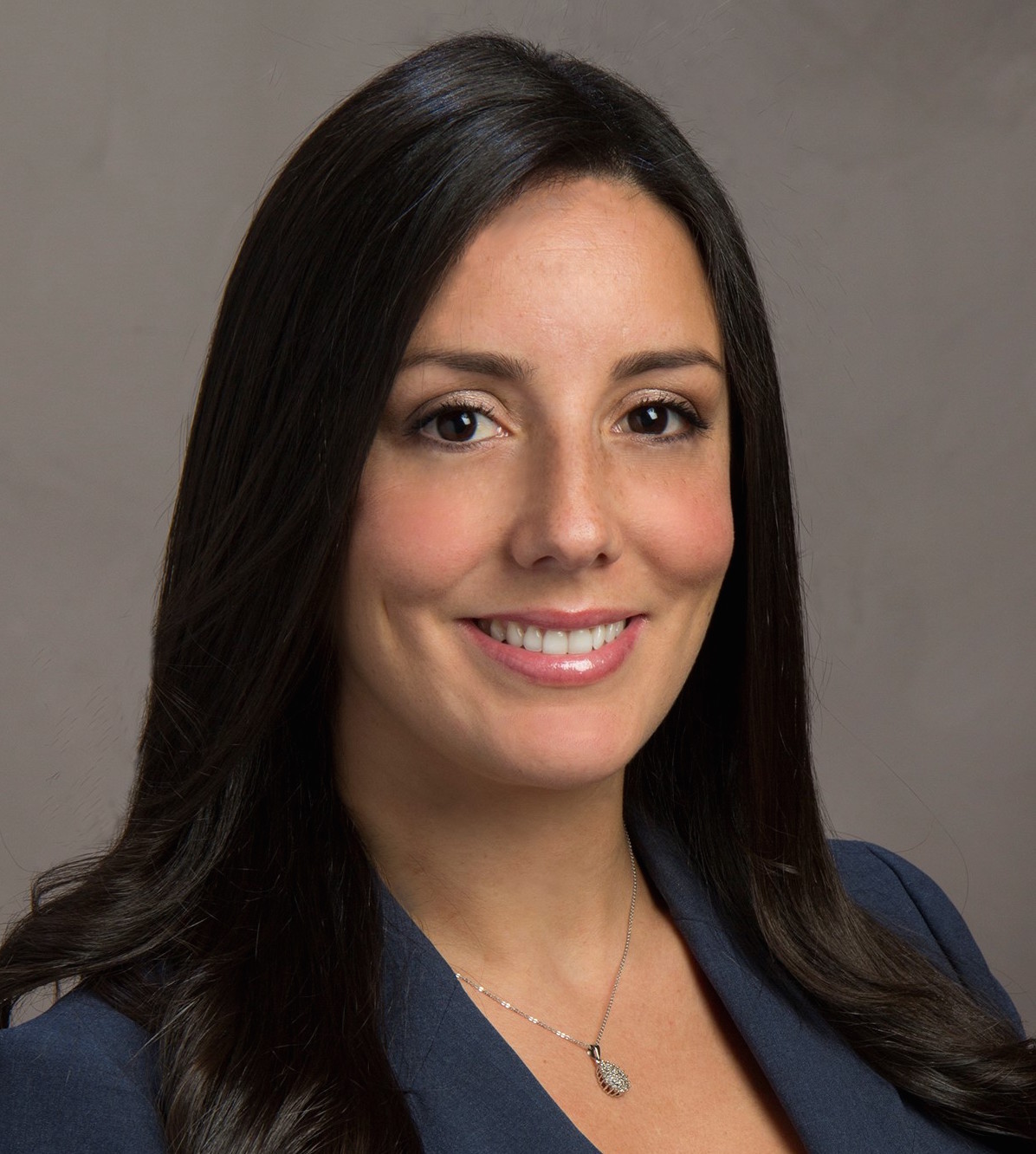False Promise? Doubts in Europe Over UCITS ‘Protection’
| For Alicia Miguel | 0 Comentarios

The ‘protection’ afforded by the rapid redemption rights of a UCITS-compliant structure is of limited value, if the fund’s investments cannot be easily liquidated or only at fire-sale values, according to the latest issue of The Cerulli Edge – Europe Edition. With illiquidity fears mounting, Cerulli Associates, a global analytics firm, says the UCITS brand faces a denting if the professed safeguards of regular and speedy withdrawals prove of limited worth to redeemers if markets dry up.
One Genevan house directing insurers’ cash into UCITS-compliant hedge funds, told Cerulli that illiquidity risk is already evident in the investments of some liquid vehicles. It contends that given some of this sector’s largest portfolios grew so rapidly, and bought into mid- and small-caps, some of their equities positions “could take up to two years to unwind.” This, says Cerulli, could make it very difficult to sell some holdings at reasonable prices, to honor redemption requests in a matter of days.
It seems that portfolio managers in the UCITS hedge fund sector are not blind to the illiquidity risks sometimes attached to their strategies. At periods during last year, for instance, up to 40% of assets in onshore directional equities hedge funds were in portfolios that were closed to new business.
“It seems somewhat contradictory to deploy a liquid hedge fund vehicle, but then to restrict investors’ entry to it in any way,” says David Walker, European institutional research director at Cerulli. “However, limiting subscriptions to a fund makes good sense overall for the manager and clients, if the manager’s ‘alpha’ is threatened by fund size, or if shallow markets would stop significant withdrawals being met readily.”
Many European institutional investors Cerulli Associates speaks with at present express concerns that fixed income instruments right across the spectrum of credit worthiness could face illiquidity problems if holderstake flight.
Institutions are faced with a conundrum, says Barbara Wall, Europe research director at Cerulli. “Not only is the fixed-income complex they are most familiar with worthless as anything but a cushion or safe harbor. Now it threatens to turn illiquid.”








